Think of programmers as chefs in the kitchen of technology. They spend their careers learning various "recipes" or programming languages and tools. Each language has its own set of rules and features, and programmers often learn multiple languages to expand their skills. They use tools like editors, compilers, and libraries to help them create, test, and run their programs. Programming is a creative and challenging activity that involves logic, problem-solving, and attention to detail.
Programming is not just about creating software; it's also a key player in the world of artificial intelligence (AI). AI is like the brainpower of machines, allowing them to perform tasks that typically require human intelligence, such as recognizing faces, understanding speech, or playing games. Programming is the language that defines the logic, rules, and data AI systems need to learn, reason, and solve problems.
An exciting example of programming in AI is the development of chatbots—software programs that chat with humans using natural language. Programmers use their skills to make these chatbots process user input, generate responses, and maintain engaging conversations. AI techniques like natural language understanding and sentiment analysis are coded into these chatbots, making them useful for customer service, entertainment, education, and even healthcare.

Imagine a recommender system, the wizard behind personalized suggestions on your favorite platforms. AI defines the goal—maximizing user satisfaction, revenue, or diversity—while ML learns from your actions, like ratings or clicks, to generate recommendations. These systems are used in various fields, from e-commerce and entertainment to education and healthcare.

Now, picture some of the big players in technology, like Apple, Google's parent company Alphabet, Microsoft, Dell, and Meta. These giants use AI and ML to enhance their products and services. For example, Apple's Core ML integrates machine learning into its apps, while Google's Gemini is a powerful AI model for various tasks. Microsoft, with its Machine First framework, is pushing the boundaries of what machines can autonomously achieve.
Programming is the language that brings these technological marvels to life. It's the creative force behind AI and ML, shaping the future of how machines interact with us and each other. As technology evolves, so does the art of programming, weaving intricate instructions for the machines that power our digital world.
From Code to Market Dominance: A Look at How India, USA, and China's Tech Titans Leverage AI and ML for Competitive Edge
- The tech landscape in the United States is dominated by
industry titans, each employing cutting-edge Artificial Intelligence (AI) and
Machine Learning (ML) technologies to revolutionize their business models.
- Apple: Innovation Through Integration

Apple, a pioneer in consumer electronics, leverages AI and ML to elevate device performance and user experience. Core ML, Apple's proprietary framework, seamlessly integrates machine learning models into its apps, with prebuilt features like object detection and language analysis. Their collaboration with major cloud platforms, including AWS, Azure, and Google Cloud, underscores their commitment to accelerating innovation and unlocking business value through cloud-based AI and ML services.
2. Alphabet: Versatility in AI
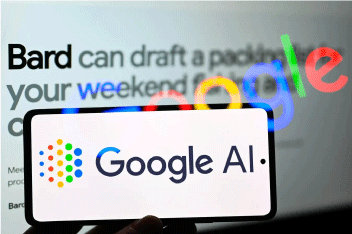
As the parent company of Google, Alphabet harnesses AI and ML in diverse domains. Gemini, their groundbreaking AI model, excels across benchmarks, enabling a single model to perform myriad tasks, from web ranking to self-driving cars. Alphabet's vast portfolio spans AIOps, Algo Retail™, smart manufacturing, digital twins, and robotics, demonstrating their commitment to exploring generative AI for tailored business solutions.
3. Microsoft: Empowering Industries
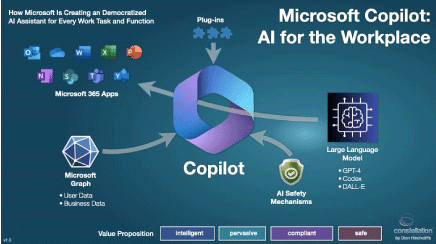
Microsoft, a tech behemoth, integrates AI and ML across its spectrum of products and services, including Windows, Azure, and Xbox. Their "Machine First" framework, encompassing IoT, machine vision, conversational systems, and AI, empowers autonomous behaviors. Microsoft's strategic partnerships with AWS, Azure, and Google Cloud exemplify their dedication to propelling clients into the future with cloud-based AI and ML solutions.
4. Dell Technologies: Innovating Across Sectors
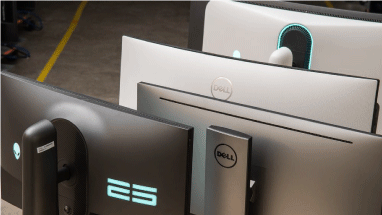
Dell Technologies, a key player in cloud computing and data storage, employs AI and ML to enable autonomous behaviors and enhance business contexts. Their commitment to innovation is evident in the "Machine First" framework and partnerships with major cloud providers. By investing in AIOps, Algo Retail™, smart manufacturing, digital twins, and robotics, Dell ensures a diverse portfolio to cater to evolving industry needs.
5. Meta: AI Shaping Social Experiences

- India's top IT companies, including Tata Consultancy Services (TCS), Infosys, Wipro, HCL Technologies, and Tech Mahindra, are at the forefront of the global tech revolution. Each of these industry leaders has strategically embraced Artificial Intelligence (AI) and Machine Learning (ML) to redefine the landscape of IT services and consulting.
- Tata Consultancy Services (TCS):

TCS, a global IT services giant, integrates AI and ML into its operations through its innovative framework, "Machine First." This framework combines IoT, machine vision, conversational systems, and AI to enable autonomous behaviors, fostering sensing, thinking, and responding. Additionally, TCS has introduced "TCS Generative AI," leveraging Google Cloud's generative AI services, aimed at designing custom-tailored business solutions and promoting rapid innovation.
2. Infosys:
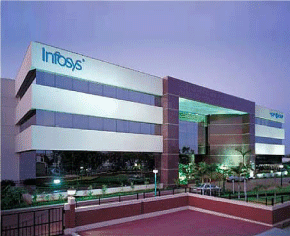
3. Wipro:
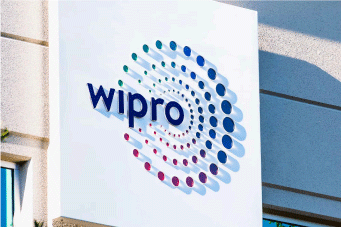
4. HCL Technologies:

5. Tech Mahindra:

- In the dynamic landscape of Chinese technology, industry leaders are utilizing Artificial Intelligence (AI) and Machine Learning (ML) to redefine the boundaries of innovation and services. Here's a detailed exploration of how some of China's top tech companies are harnessing AI and ML to shape the future.
- Huawei: Powering Intelligent Applications

Huawei, a global giant in telecommunications, consumer electronics, and cloud computing, incorporates AI and ML across its portfolio. The Atlas platform integrates machine vision, natural language processing, speech recognition, and deep learning, fostering intelligent applications in smart city initiatives, healthcare, education, and transportation. Collaborations with major cloud platforms reinforce Huawei's commitment to driving innovation through cloud-based AI and ML services.
2. Alibaba: M6 - A Multifaceted AI Model
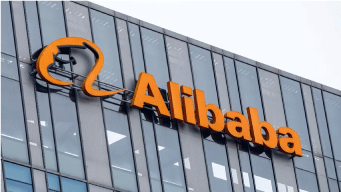
3. Tencent: Multitasking with M6

4. Baidu: A Holistic AI Approach
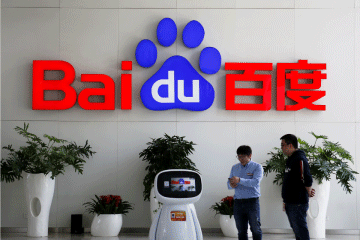
5. Xiaomi: AI and ML in Consumer Electronics
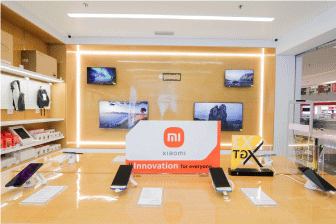
Our Office
South Carolina, 29650,
United States


